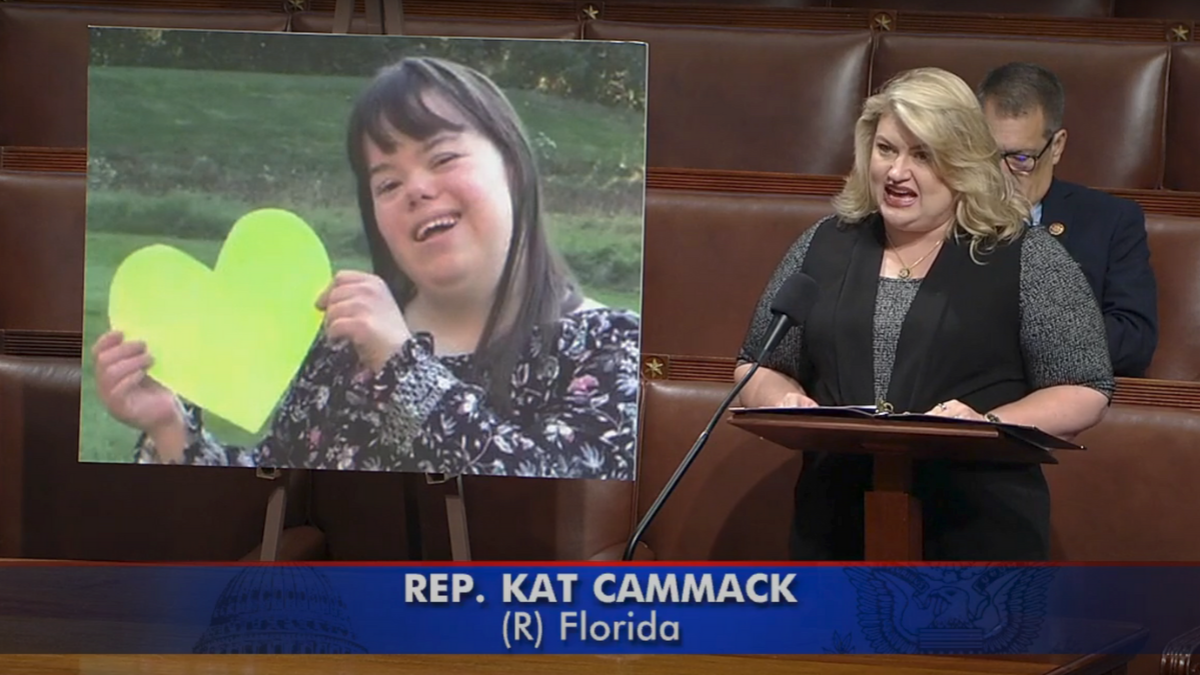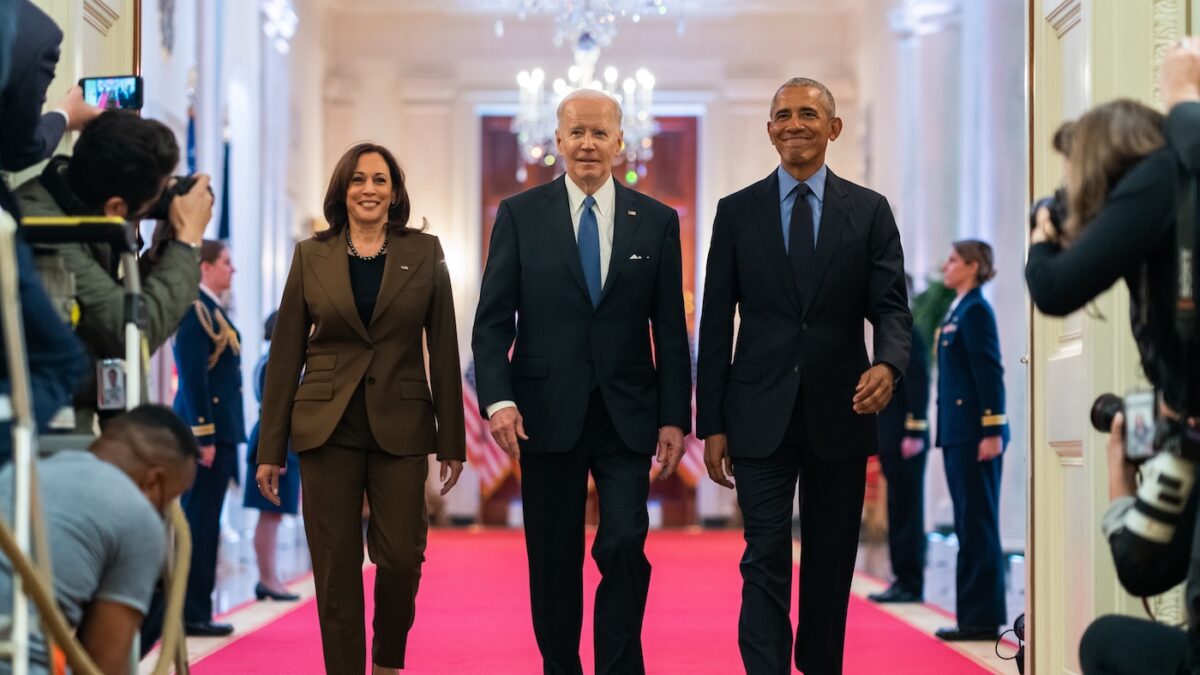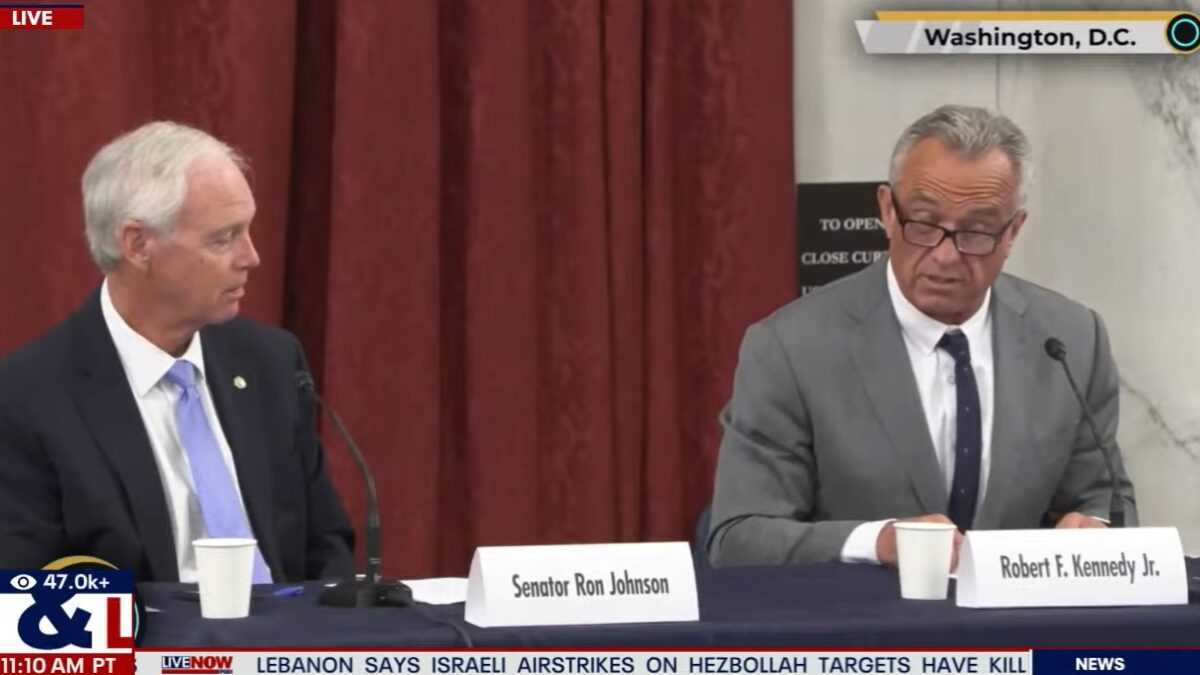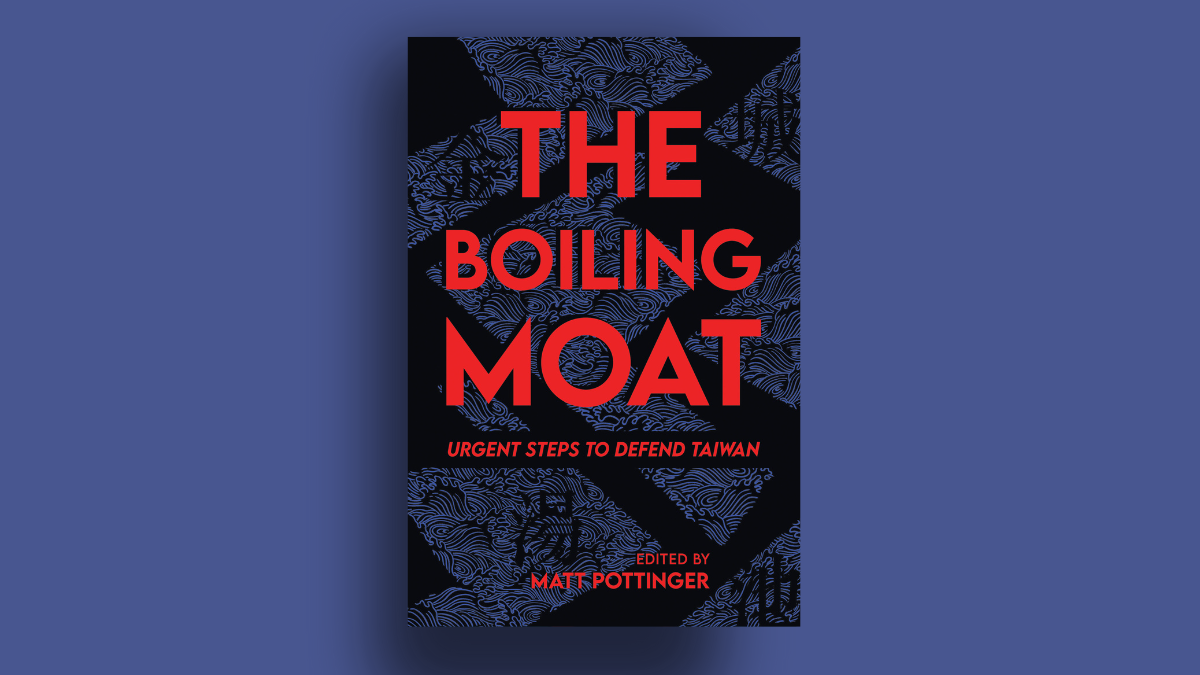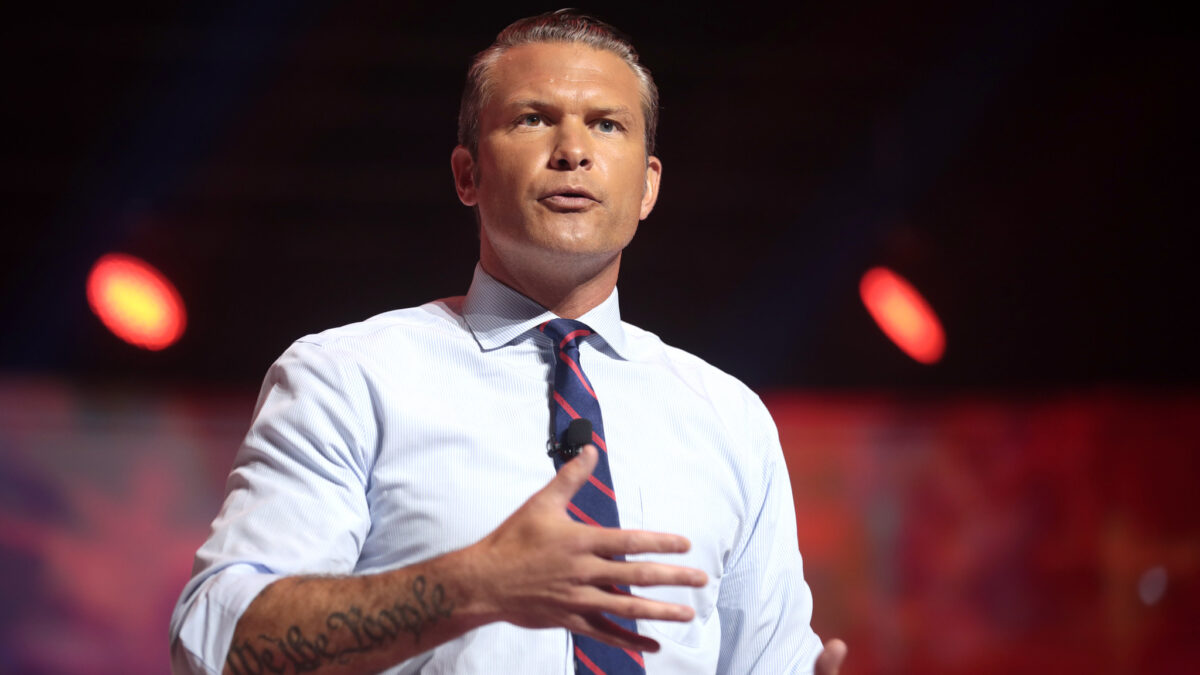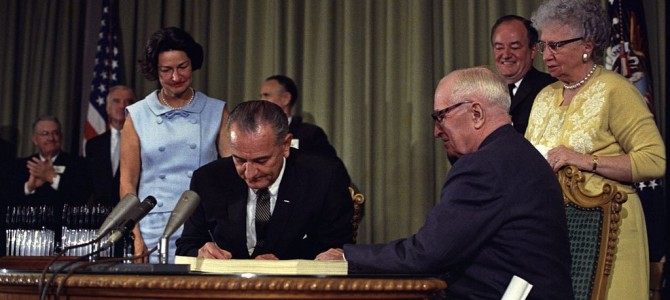
This week marks the fiftieth anniversary of Medicare and Medicaid, the healthcare entitlement programs that together cover 125 million Americans and last year cost nearly a trillion dollars.
When these programs were created back in 1965, no one ever thought they would get this big or cost this much. Congressional budgeters at the time thought Medicare, the healthcare program for the elderly, would cost about $12 billion by 1990. The actual cost that year was $90 billion.
We should have seen it coming. After all, it didn’t take decades for actual Medicare and Medicaid costs to overrun projections. That pretty much happened right away. In 1965, the House Ways and Means Committee estimated that Medicaid, the jointly funded federal-state program originally meant to cover the poor, would cost $238 million in its first year. It actually cost more than $1 billion. By 1971, Medicaid spending had reached about $6.5 billion, blowing away all previous estimates.
This hand-drawn chart from a 1969 Senate Finance Committee report illustrates the huge spending problem Congress already knew it was facing, four years after the program’s creation. The chart caption reads: “Expenditures under the Medicaid program have increased much more rapidly than anyone had anticipated. Between 1965 and 1970, total Federal, State, and local costs will have risen from $1.3 billion to $5.5 billion.”

Within a few years, everyone seemed to understand cost growth in these programs was a major problem. In President Lyndon Johnson’s 1968 State of the Union Address, he promised action “to stem the rising costs of medical care.” It wasn’t just a federal problem, of course. States were also hit with unexpectedly high Medicaid costs. In 1966, the administration of New York Gov. Nelson Rockefeller (an early Medicaid champion) estimated the program would cost $80 million. Three years later, the price tag was $330 million.
Projections, then as now, didn’t count for much. Another chart from that 1969 report shows how quickly federal budgeters had to revise cost estimates for these programs. In December 1967, they thought total federal spending in 1969 would be $1.58 billion. A month later, they increased the estimate by $450 million. A year later, in the revised budget submitted to Congress, the estimate had gone up another $240 million. “The current estimate of $2.5 billion,” the report states, “is almost 50 percent greater than the estimate made 19 months ago.”

This trend would continue, of course, and new tweaks would fail to control costs. In 1987, Congress estimated the Medicaid disproportionate-share hospital payments, designed to compensate hospitals that serve an especially large number of Medicaid patients, would cost less than $1 billion by 1992. The actual cost was $17 billion. Whoops!
Inflation, too, was already a huge problem after just a few years. Total Medicaid payments in the 1970 budget were projected to be $5.5 billion, a 57 percent increase from 1968. Yet enrollment was only project to increase 19 percent, from 8.6 to 10.2 million. Where was all that money going? “Though Medicaid costs are increasing rapidly, much of the increase is eaten up by inflation of medical care costs.”

Fifty years later, we’re still trying to figure out how to control costs—and still failing. Waste and fraud remain a persistent problem in both programs—an estimated $60 billion in Medicare funds just last year—and with an estimated 10,000 Baby Boomers joining Medicare rolls every day, the cost problem is likely to get much worse in the near future.
Same thing for Medicaid. In states that opted into the Affordable Care Act’s Medicaid expansion, enrollment and taxpayer costs are already far outpacing projections. The federal agency that oversees Medicaid recently said the cost of covering people newly eligible for Medicaid was about $1,000 more per person than expected. (Of the 5.7 million new Medicaid enrollees last year, 4.7 million were newly eligible under the ACA.)
Of course, it wasn’t supposed to be this way. Wasn’t the ACA was supposed to fix healthcare? Remember when President Obama said the ACA would lower the average premiums by $2,500 for a family of four? It never happened. Instead, premiums have gone up since the passage of the ACA—by some estimates, the increase in national health spending under Obamacare will amount to an average premium increase for a family of four of $7,450.
The Obama administration would rather talk about something else—like the historic slowdown in healthcare spending in recent years, for which it has been quick to claim credit. Well, spending is on the rise again, growing 5.5 percent last year and projected to average 5.8 percent over the next decade, contrasted with the previous five years of less than a 4 percent annual growth rate.
What does it all mean? It means that after 50 years, we have the same healthcare spending problems we did right after we created Medicare and Medicaid, and if we want to solve them we’re going to have to try something else besides price controls, mandates, subsidies, and ever-more regulations—all the things we’ve been doing since the late 1960s, most of which Obamacare ratcheted up.
That’s why the first State of the Union Address under our next president, whomever it is, will surely include some promise to take action “to stem the rising costs of medical care.” Just like the old days.
John is the director of the Center for Healthcare Policy at the Texas Public Policy Foundation. Follow him on Twitter.



